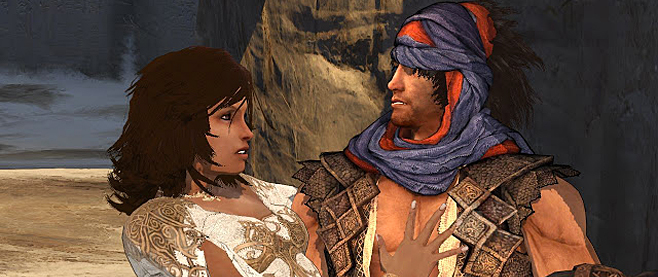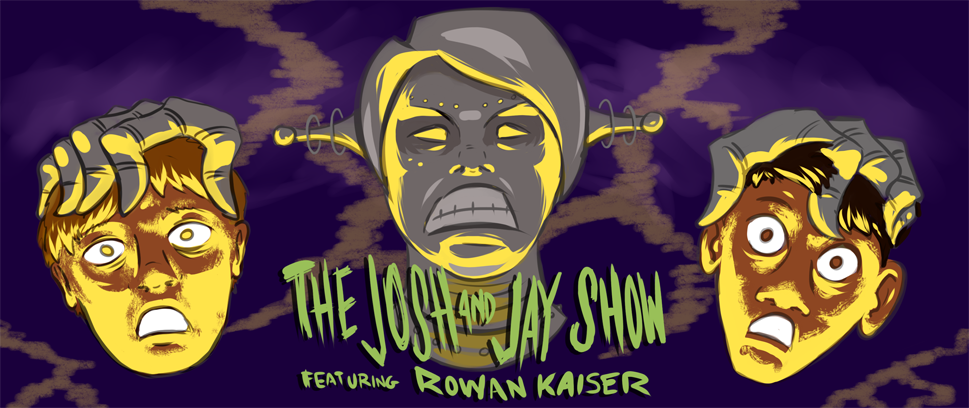
What Makes a House a Home in Fallout?
Before the settlement building feature in Fallout 4, there was only the “Z” key in Fallout 3 and Fallout: New Vegas—the button on the keyboard that allowed me to pick up items, and then painstakingly balance them on a dusty shelf for some semblance of interior design (for console players, that’s probably the right thumb stick on the Xbox 360 or PlayStation 3 controllers). Even though these notoriously buggy games occasionally sank the items through my furniture and into the ground like quicksand, I felt a sense of quiet contentment decorating my Fallout home in this manner.
Come to think of it, it was rather therapeutic, a little like attending a floral arrangement class after a long hard day of work. Or, in this case, a long hard hour of running away from homicidal raiders, deadly radscorpions and vicious deathclaws that were trying to rip your innards apart.
But I am proud of these homes, no matter how laborious furnishing was. Back then, there was no crafting workshop to magically produce a painting about the harsh blows of the seas, or mount a stuffed Brahmin head trophy on my walls. So when I first heard that Fallout 4 has a settlement building feature, I let out a squeal of excitement (privately). Finally, I can build my very own Wasteland Wonderland without devoting half an hour to arranging a rusty fork at an exact angle. I can even build a functional television! The sky’s the limit!
So the disappointment that follows was a tad surprising, and I soon realized the feature wasn’t quite what I expected. This didn’t stem from how the tutorial was lacking clear instructions on basic features, like running electricity throughout my house (I had to look this up over the internet). Sure, it allowed me to build sprawling cities, establish trading routes and convert a dingy room into a cozy bar—transforming what was once an empty plot of land into a bustling community teeming with life.

But the Fallout 4 universe itself? Underwhelming.
The Fallout series’ sardonic sense of humor that was heavily drawn upon the juxtaposition of an idealized, retro-futuristic society on the verge of moral decay; the grey morality characteristic of the series; and the relatable and realistic people that populate the world—these are dramatically toned down in favor of refining Fallout 4 as a shooter. While it wasn’t a decision that broke the game, it did make me feel less emotionally invested. My home was just a house.
With Fallout 4’s latest Nuka World and its previous DLCs, it is clear that Bethesda wishes to focus on bulking up this settlement building feature instead by providing more contraptions and décor for players to build. In particular, Nuka World lets anyone become a raider, partake in some wacky raider hijinks, and craft more carnival-themed weapons and furniture.
But I just wasn’t into these additions. I’d rather hang around in my bug-infested Fallout 3 and Fallout: New Vegas homes, and back to stacking my Sugar Bombs boxes one at a time. Because at the very least, these games offered a universe that felt livable—and believable.




